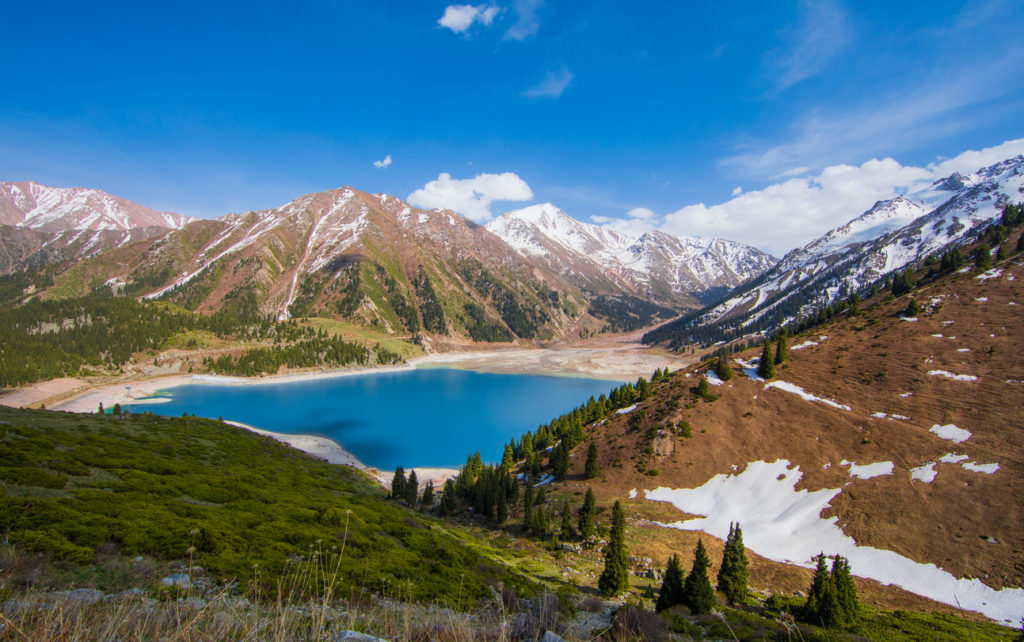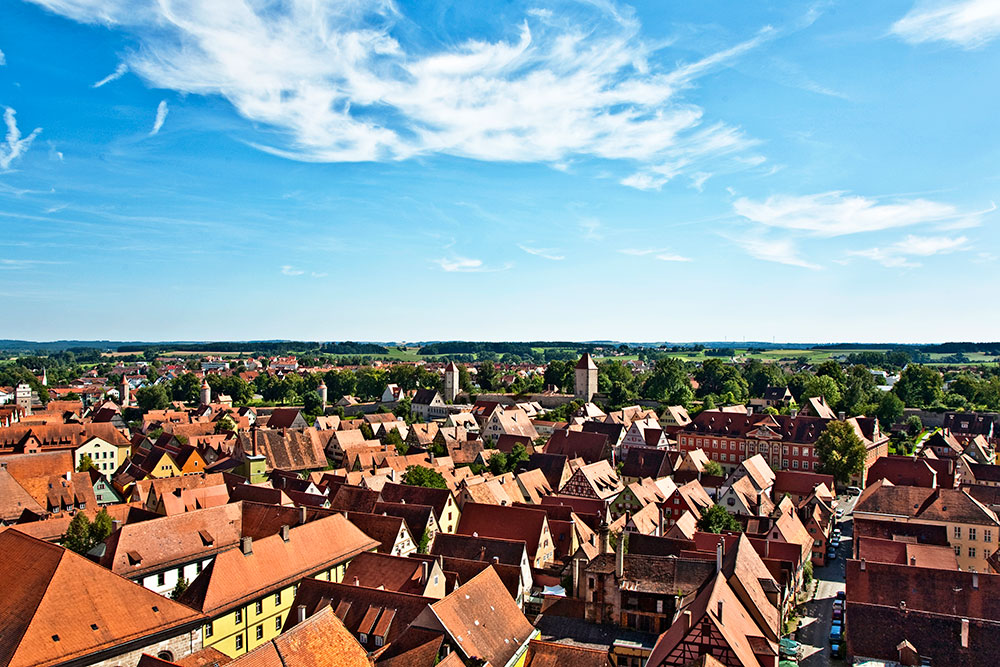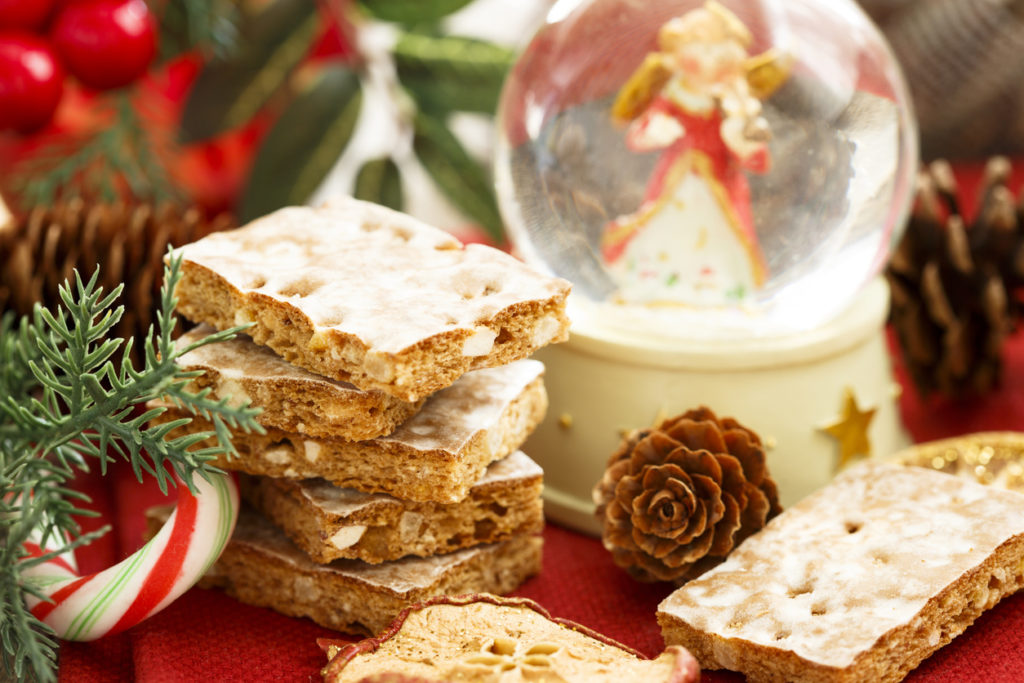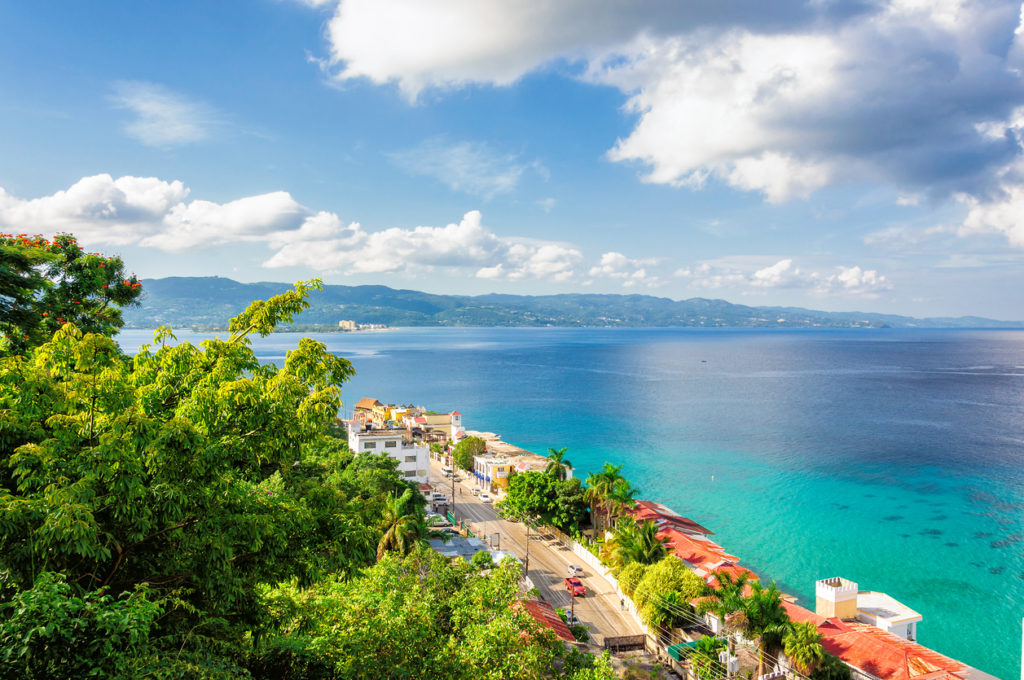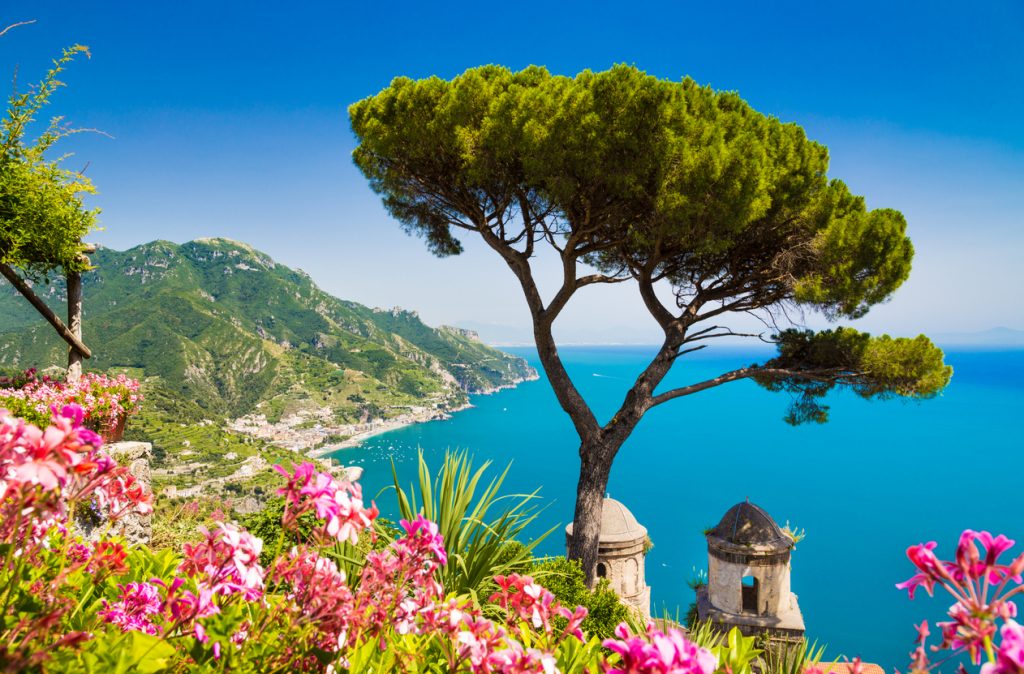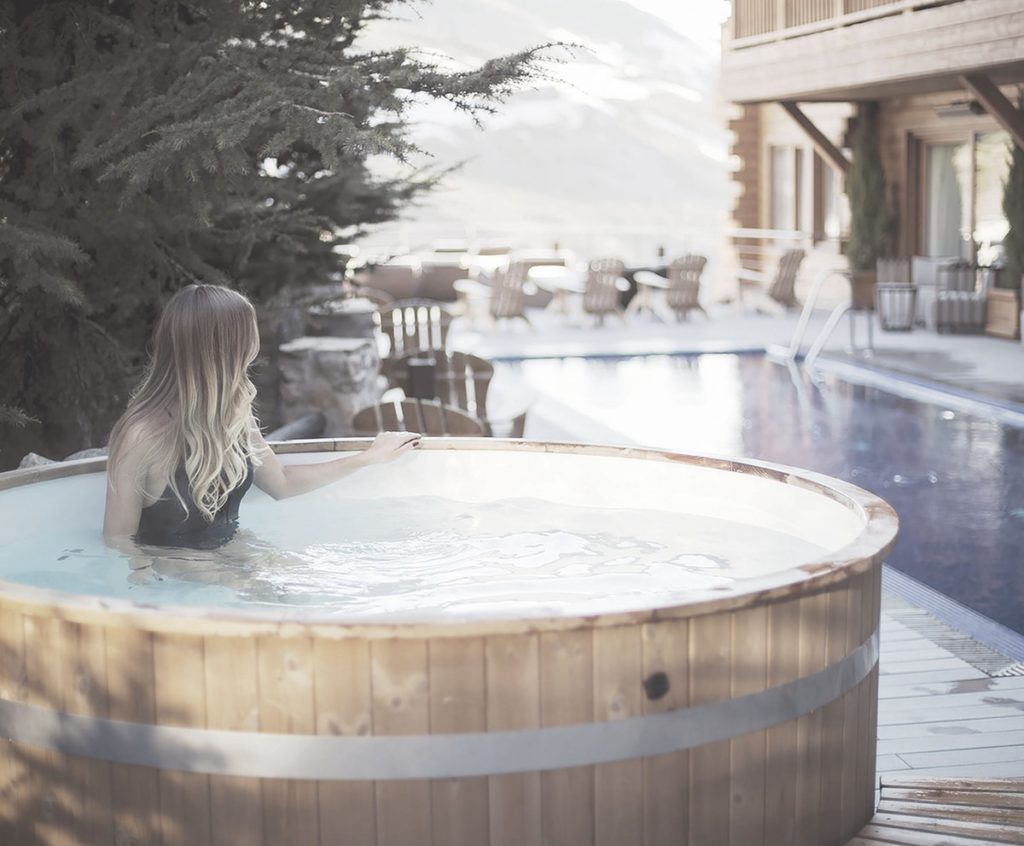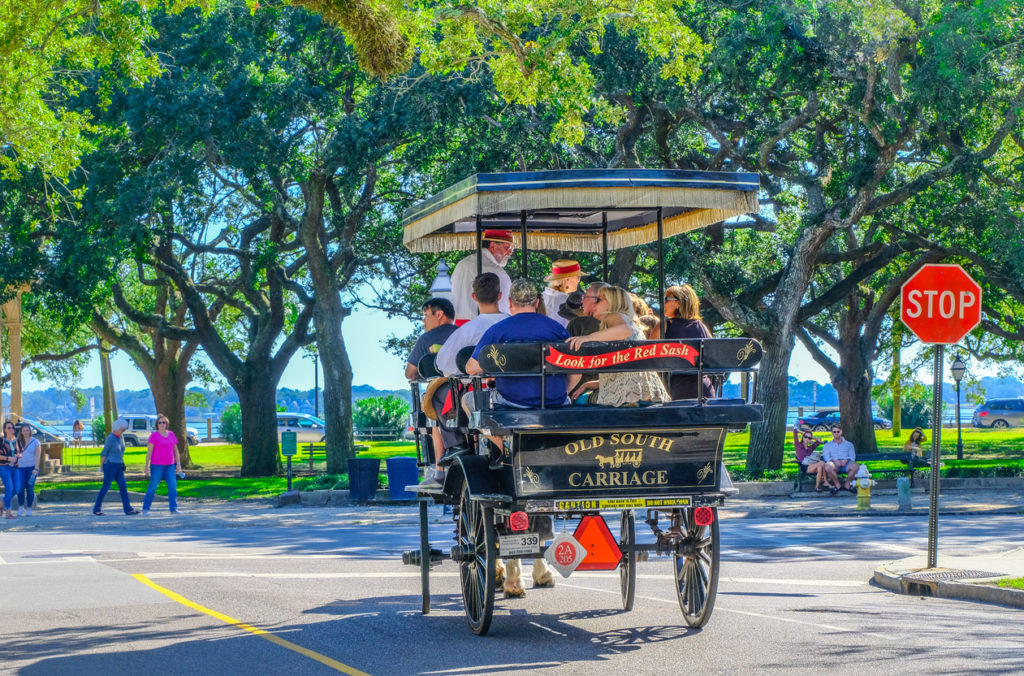
Tallinn is one of the youngest capitals of Europe but still has a 1,000-year old history and an Old Town that is a UNESCO World Heritage Site. Situated on the southern shores of the Gulf of Finland, Estonia’s capital is a fairytale place that could easily become the scene of a Disney movie. With its cobbled streets, medieval castles, and beautiful church spires, Tallinn boasts enough medieval and baroque architecture to be considered an open air museum.
A cultured place where you’ll find traces of Baltic, Nordic, Russian, and Teutonic cultures in its art, design, music, and food, Tallinn is a hidden gem of Europe.
An old city with a young attitude
Estonia’s capital has a modern vibe to it. Some may say that it is a bit too…modern due to its abundance of stag parties and bars but who can blame the party people when the ale here is so good and cheap?! The city’s contemporary air surprises visitors who expect to find something different – something less hip and probably less fun. It’s true that Tallinn craves for novelty and innovation. From its free trams and buses for locals to its free WiFi available everywhere and evolving tech scene (Skype comes from Tallinn), the city is definitely keeping up with the trends.
You’ll find old warehouses turned into cultural and business places, redeveloped docks, and an eclectic collection of bars, restaurants, and coffee shops. Just visit the Lennusadam Seaplane Harbour and you’ll instantly get an idea about Tallinn’s vibe. This 100-year-old concrete seaplane hangar, once a boring, cold, dull structure used to house the Tsar’s navy in 1916, is now a museum/nightclub. Yes, a nightclub too! A museum since 2012, displaying planes, boats, and submarines from the 1930s to 1990s, the Lennusadam Seaplane Harbour has a certain nightclub vibe due to its hypnotic lights and industrial fans, and the locals decided to take advantage of this.
While still anchored in its folkloric past and caring about its traditions, Tallinn keeps up with the times. The annual Tallinn Music Week that takes place every spring gathers the crème de la crème of the electronic and rock music scene in various venues, including the old power station of the city. However, every five years, Tallinn hosts the Song Festival, a tradition that started back in 1869 but it’s still going strong. More than 30,000-odd singers from 1,000 choirs come together and perform traditional anthems on a shell-like structure. And you’ll still find antique markets, elaborated handicrafts and the almost deadly Estonian vodka to remind you that Tallinn is unique and proud of its traditions.

The must see and must try
Tourists who love European culture and architecture should head straight to the Old Town. Since all the cobbled streets in the city lead to the Town Hall Square, it won’t be very hard for you to find it. The beautiful Old Town is dominated by the impressive Raekoda (Town Hall) adorned with a wonderful façade. Dating back to the 14th and 15th century, the Town Hall is a beautiful example of late Gothic architecture, the last of its kind in Northern Europe. This is also where chic cafes and elegant restaurants await to invite you to try the local ales and wines, as well as the mince stews.
As expected, this is the most expensive area in the city, so if you’re visiting on the budget, smile politely to the costumed peasants that try to lure you in their themed restaurants, and choose to dine in Kalamaja. A former industrial area, this place is now filled with modern eating places and bars housed in old factories.
Any European capital tour is not complete without a visit at a few museums and Tallinn certainly has plenty of them. Find out about the city’s history from the Tallinna Linnamuuseum (Tallinn City Museum), set in a quaint old building in the Old Town. This museum tells stories from the beginning of the city to the German and Soviet occupations and also familiarizes visitors with the post-independence years of Estonia.
If you want to find out even more about the city’s history, especially about its darkest times, head to the Vabamu Museum of Occupation and discover an impressive collection of photos, audio-visual displays, and old uniforms that illustrate the hardship Estonia had to endure and the progress it made.
Curious about Estonian art? Visit the Kumu Art Museum, famous for its art collections. Housed in a remarkable high-tech facility, the museum is both a contemporary art museum and a national gallery reserved mostly for the Estonian classics and carefully selected contemporary masterpieces.
If you want to experience something more memorable, book a hot-air balloon flight outside the city. Flights usually last between 45 and 60 minutes and will take you over Harjumaa or Raplamaa.
Summer or winter – there’s always something to do!

Visiting Tallinn during the summer? The beaches are waiting! Yes, Tallinn has beaches too and they are quite beautiful. The Pirita, Harku, Stroomi, and Kakumäe are all public beaches dressed in golden sand and equipped with modern facilities. Looking for something more adventurous? Hop on a kayak or a rowing boat and enjoy the views and the adventure offered by the Pirita River!
Are you planning a trip to Tallinn in winter? Then it’s all about the fabulous Christmas market and the many traditional Christmas stands packed with handicrafts, delicious food, and all the gingerbread you can eat. As a matter of fact, Estonia claims ownership of the Christmas tradition that brings gingerbread in the people’s houses. Estonians take gingerbread so seriously that every December the Design and Architecture Gallery hosts the Gingerbread Mania art exhibit where, you’ve guessed it, everything is created out of gingerbread.
After a long, winter day spent outside visiting Tallinn, head to a local sauna. Saunas have been a part of Estonians’ lives since the 13th century, so they certainly know what they’re doing. And this includes beating themselves with birch twigs! Traditions need to be respected!

